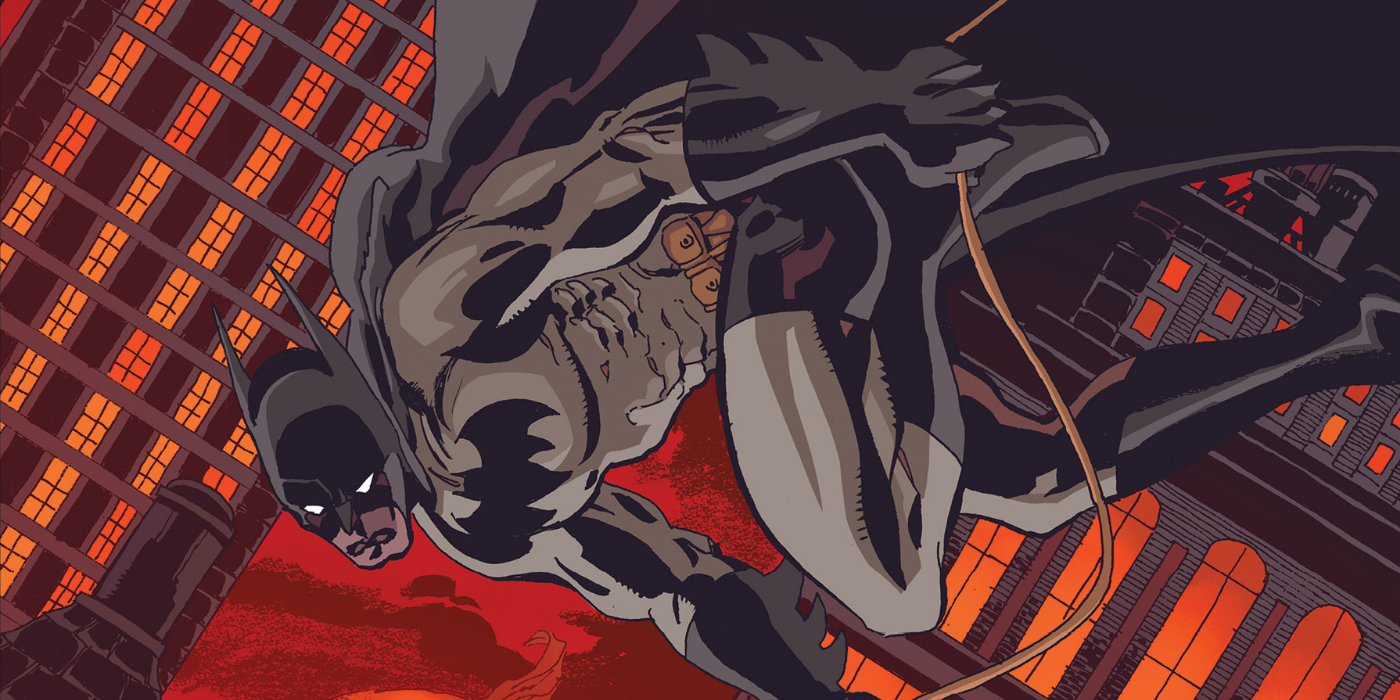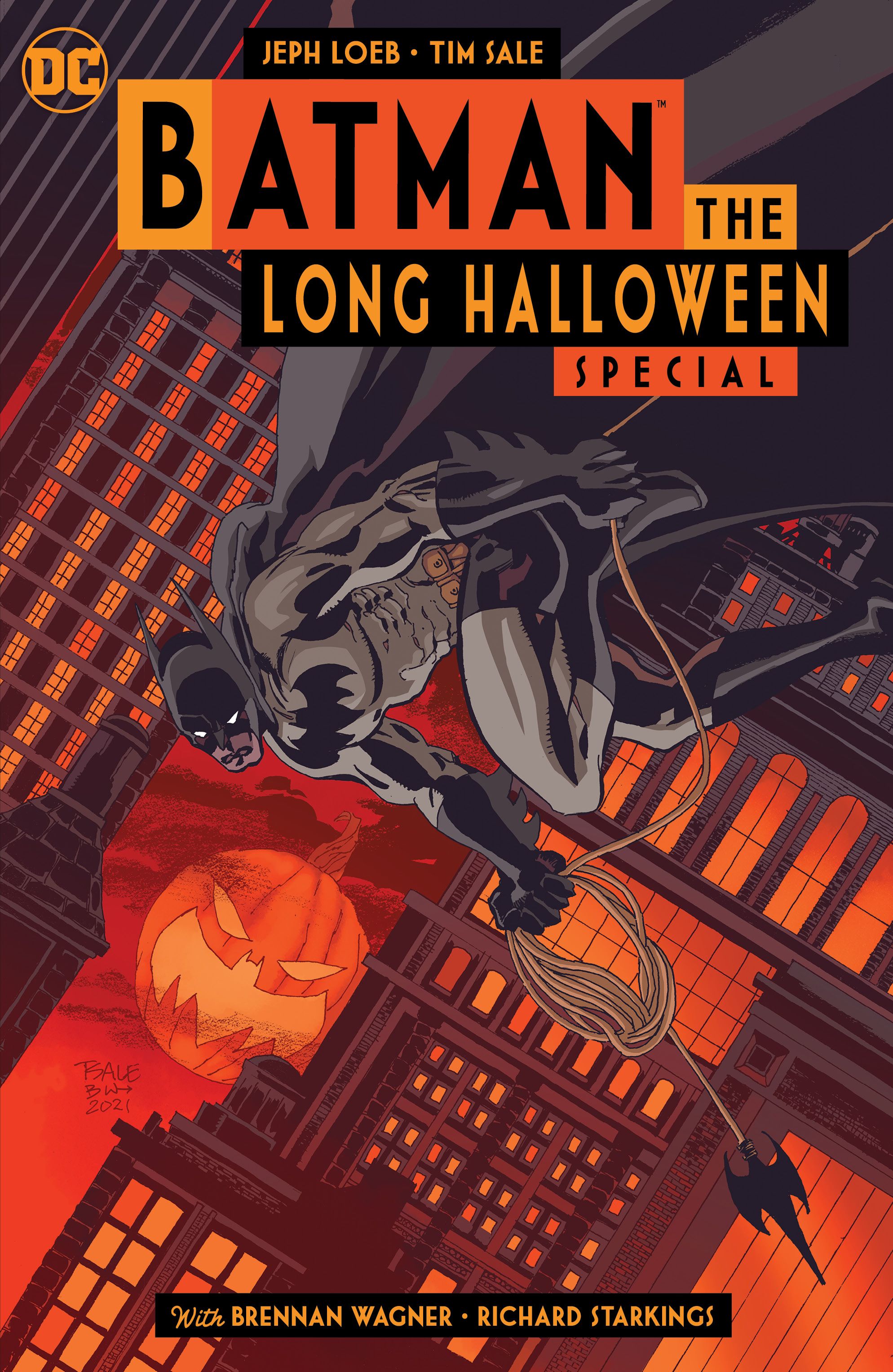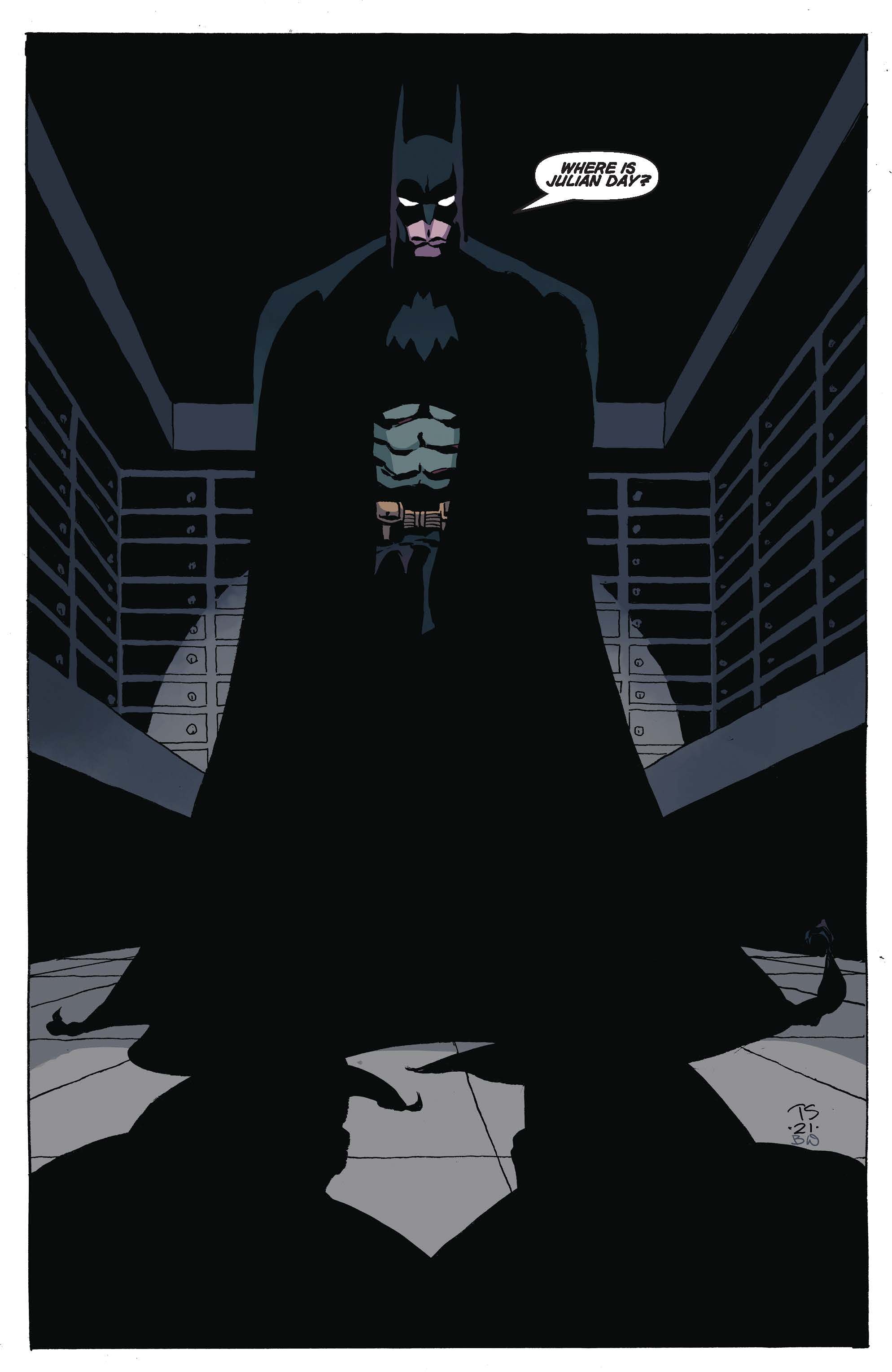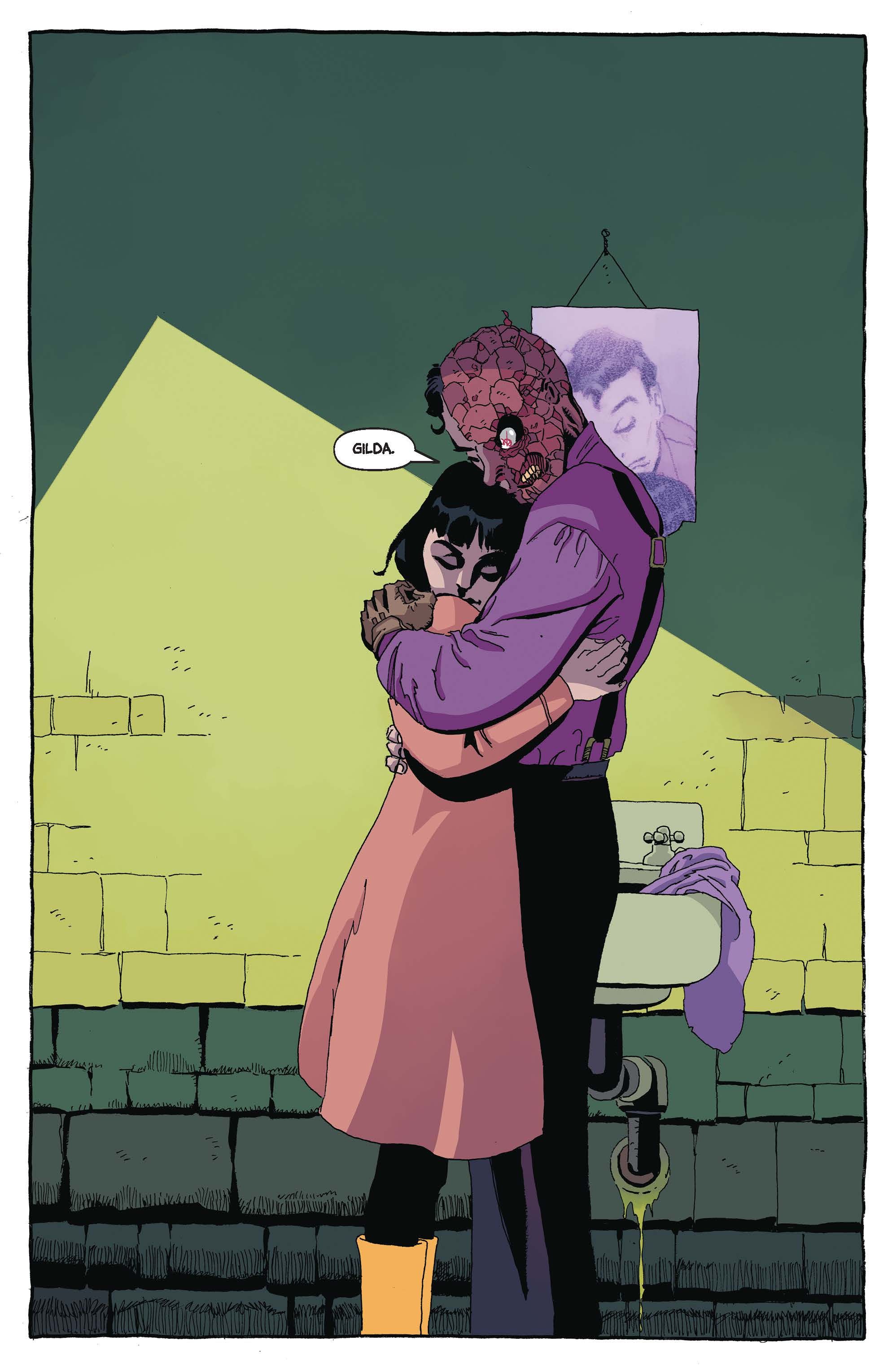In 1996, the thirteen-issue series DC Comics' Batman: The Long Halloween debuted. Ever since then, its story has become a cultural phenomenon. The Eisner award-winning series, written by Jeph Loeb with artwork by Tim Sale, was a success with both critics and fans alike and has since spawned two sequels, Batman: Dark Victory and Catwoman: When in Rome. The original series was also recently adapted into a two-part animated movie by Warner Bros. Animation Studios and saw success similar to that experienced by its comic book counterpart.
Loeb (Batman, Superman, X-Men) and Sale (Captain America: White, Daredevil: Yellow, Spider-Man: Blue) recently reunited for their latest entry into the universe they created twenty-five years ago with Batman: The Long Halloween Special. The creators sat down in an exclusive interview with CBR in anticipation of the special to discuss returning to this world once again and what fans -- old and new alike -- can expect from their upcoming special.
CBR: What do you enjoy most about the world you created in Batman: The Long Halloween?
Jeph Loeb: For me, I enjoy writing about a very special time in Bruce and Batman's life. These stories focus on the early years where he's not experienced enough to stand up to someone like Superman. This is a guy who has literally one friend, and that's Gordon. He had a friend in Harvey Dent, but now Dent is lost to him. That's something that's very hard to deal with. But it's enabled him to take in Dick Grayson and be sort of a father figure even though he doesn't really know how to do that because he grew up without a father. There's just a lot of emotion that goes beyond what people see in the comics.
As much as the movies and television shows have helped elevate the way that people see comic book heroes, I still think most people see them as stories about two people getting into an argument and punching each other. But that's never been something that interested me. It always interested me that Barbara Gordon was not happy in her marriage with Jim Gordon I didn't invent that. I inherited it. The relationship between Gilda and Harvey is fascinating as well. She has this undying love for him and he can't understand why she tolerates him.
Everyone in the story has a mental health problem, and that's a great place to start. When you factor in Tim Sale, an artist who can draw anything well, you've got a gift. I know that whatever I put down on the page he's going to draw.
Tim Sale: It also works well because you don't ask me to drop motorcycles and things I either can't or don't want to draw. You tend to lean into what you know, and fortunately, you like to write about the same things. This is why we work so well together as a team. I mean it when I say you write towards the strengths and away from the weaknesses or dislikes of whatever artist you're working with. I've never been happier working with anybody else.
What are the chances of the two of you returning to the universe of The Long Halloween in the future, and what would you like to see happen in this world?
Loeb: The story ends in a way that promises that there could be more, but it also feels like a worthy companion to some of the stories that we've already told, and that's a big task. When we started this, we were two young guys who were just telling a Batman story, and it's been very well received through the years. Chris Nolan and David Goyer refer to it in the Batman trilogy. Matt Reeves talks about it with the new Batman movie that's coming out. And there's a two-part giant animated version of it that's very loyal to the original story.
These characters mature and as they do so become even more exciting. Who ever thought we'd be telling a Calendar Man story? And who's going to really dig into Gilda and Harvey's relationship? And how much does that contribute to who Two-Face is? I love the mystery and fun of these comics. I like to dig more than anything else, giving tiny little pieces of who these people are and why they're attracted to Gotham City in the first place.
What do fans need to know prior to reading the special? Do they need to read the previous stories in order to understand this one?
Loeb: We hope not. But it certainly makes it a much richer and fuller experience. Otherwise, it's story of a crime and a man and woman who get back together again. Hopefully, everyone will enjoy it.
Sale: If you read any ongoing character that you don't know much about and you are intrigued, you can always go back and look at other stories involving that character. It's the same principle here. There's an entire history involved with this world. You can always go back and read a lot more about it.
What villain did you enjoy working with the most, and why?
Sale: Two-Face. He's got more story to him. When talking about Bat-Villains, a lot of people defer to the Joker, but the tragedy of Harvey's psychosis and how he was such a shining star prior to his fall is fascinating, as well as how what happened to him affected Batman and Gordon. He's a very rich character, and great to draw.
Is there a particular moment you are excited for fans to see in the special?
Loeb: Unfortunately, I am going to give you the worst answer. I like the tone and execution of the story's opening. It just brings you into a mystery that's already in progress. What's happening here? Where are we? Who's this woman, and what's going to happen? I have to keep reading. Setting up a compelling opening is always a challenge, but I think we've done it here.
Batman: The Long Halloween Special is by Jeph Loeb and Tim Sale, and is on sale October 26th from DC Comics.




